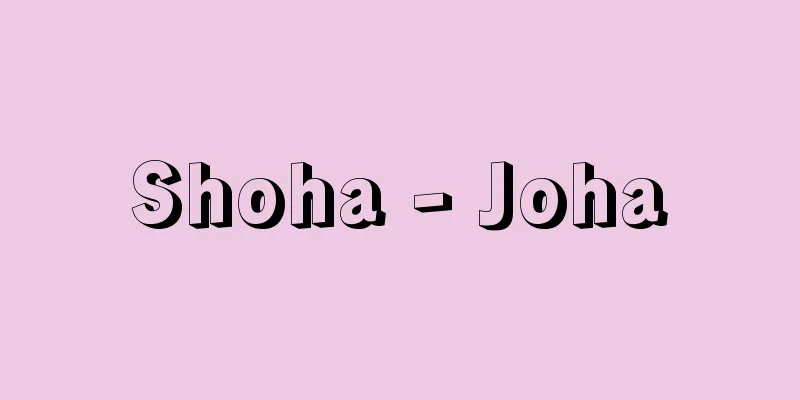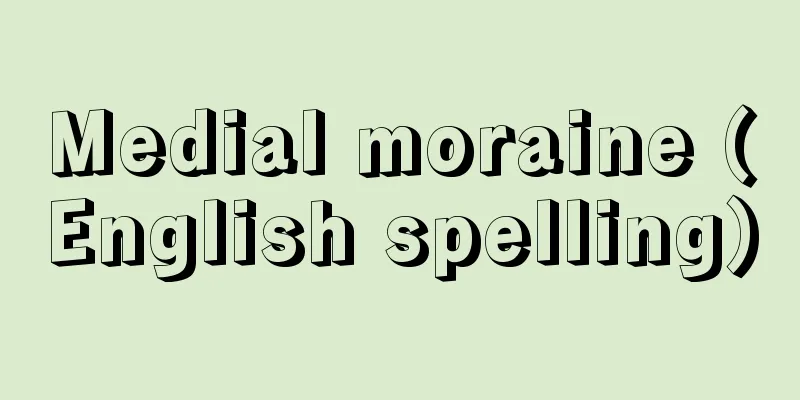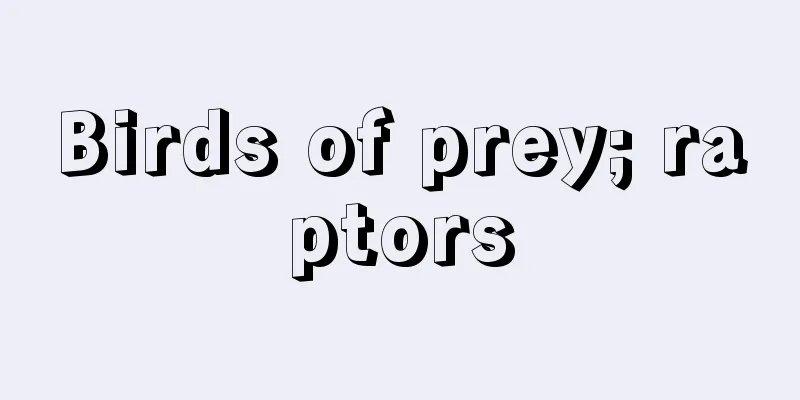Shoha - Joha

|
A renga master from the late Muromachi period. Born in Nara. His father was of the surname Matsui, and is said to have been a servant at Ichijo-in Temple, Kofuku-ji, or a bathhouse owner. He later took the surname from his master Satomura Shokyu, and is often called Satomura Shoha. His pen name was Rinkosai. He lost his father at the age of 12 and became a kashiki (a boy who works odd jobs at a temple) at Myoo-in Temple, Kofuku-ji, from which point he began to study renga. At the age of 19, he moved to Kyoto to study under the renga master Shukei (1470-1544), who had come to Nara. After Shukei's death, he studied under Shukei, and learned waka and stories from Sanjonishi Kineda (1487-1563). He began working as an independent renga poet around 1551 (Tenbun 20), and maintained his position as the leading renga poet after the death of Soyo (1526-63). He had connections with warlords of the Sengoku period, such as Miyoshi Nagayoshi, Oda Nobunaga, Akechi Mitsuhide, and Toyotomi Hideyoshi, as well as court nobles and high priests, and while composing renga with them he was also active in politics. It is well known that he composed renga with Mitsuhide ("Atago Hyakuin") just before the Honnoji Incident, and had his poems examined by Hideyoshi after the incident. As a close aide to Hideyoshi, he was involved in diplomacy and personnel matters, but in 1595 (Bunroku 4) he was implicated in an incident involving Hidetsugu, leading to his downfall and his death in despair. Because he placed importance on the social function of renga and focused on the smooth running of renga groups, there was little originality in his style and theories, and he may be criticized for making renga stale, but he also made a great contribution to popularizing renga, and many excellent poems are still produced. There are many renga works that were created by a single group, and many of them are complete with 1,000 poems, such as "Mōri Senku." His renga treatises include "Renga Kyokun" and "Renga Shihosho," his travelogue "Fujimi Doki" (Record of a journey through Fuji), and his commentaries "Sagoromo Shita Himo" (Undergarment of a narrow garment). [Isao Okuda] "The Life of a Renga Master - The Unknown Life of Satomura Shoha" by Toshiro Kodaka (1967, Shibundo) " "Renga Masters - Their Actions and Literature" by Isao Okuda (1976, Hyoronsha) Source: Shogakukan Encyclopedia Nipponica About Encyclopedia Nipponica Information | Legend |
|
室町末期の連歌師(れんがし)。奈良に生まれる。父は松井姓で、興福寺一乗院の小者とも、湯屋を業としていたともいう。のちに師里村昌休(しょうきゅう)より姓を受けたので里村紹巴とよばれることが多い。号は臨江斎。12歳で父を失って興福寺明王院の喝食(かっしき)(寺院に入って雑用をつとめる少年)となり、そのころから連歌を学ぶ。19歳のとき奈良にきた連歌師周桂(しゅうけい)(1470―1544)に師事して上京、周桂没後は昌休に師事、三条西公条(きんえだ)(1487―1563)に和歌、物語を学んだ。1551年(天文20)ごろから独立した連歌師として活動を始め、宗養(そうよう)(1526―63)没後は第一人者としての地位を保った。三好長慶(みよしながよし)、織田信長、明智光秀(あけちみつひで)、豊臣(とよとみ)秀吉らの戦国武将をはじめ公家(くげ)、高僧と交渉があり、ともに連歌を詠むと同時に政治的にも活躍し、本能寺の変直前に光秀と連歌を詠み(『愛宕(あたご)百韻』)、変ののち秀吉に句の吟味を受けたことは有名。秀吉の側近として外交、人事などにも関係したが、1595年(文禄4)秀次(ひでつぐ)の事件に連座して失脚、失意のうちに没した。 連歌の社会的機能を重視し、連歌会の円滑な運営中心の考え方のため、作風や理論に新しみは少なく、連歌をマンネリ化させたとする評価もなしうるが、連歌を普及させた功績も大きく、優れた句もままみられる。一座した連歌作品は多数あり、『毛利千句』など千句も多い。連歌論書に『連歌教訓』『連歌至宝抄』など、紀行に『富士見道記(みちのき)』、注釈に『狭衣下紐(さごろもしたひも)』などがある。 [奥田 勲] 『小高敏郎著『ある連歌師の生涯――里村紹巴の知られざる生活』(1967・至文堂)』▽『奥田勲著『連歌師――その行動と文学』(1976・評論社)』 出典 小学館 日本大百科全書(ニッポニカ)日本大百科全書(ニッポニカ)について 情報 | 凡例 |
Recommend
Central Plains Koguryo Monument
A stone monument from the Three Kingdoms period of...
Mimosa pudica - sensitive plant
It is a small shrub of the legume family (APG cla...
Usui Seishisha - Usui Seishisha
...Hagiwara Otokichi, Senpei, and Shigejuro of Hi...
Linen weaver - Amafushokko
…Until the 11th century, textile production was g...
Hargobind
...The era of Emperor Akbar, who pursued a policy...
Go-on
〘Noun〙① A reading phonetic system used in the Wu a...
Galaxaura obtusata (English spelling) Galaxauraobtusata
…[Mitsuo Chihara]. . . *Some of the terminology t...
Mina Ishizaka
...Poet and critic of the Meiji period. Born in K...
Sweet bean paste
... The name Namahage means that they punish lazy...
Sound Imitation Words - Otomanego
...They are called one-word sentences, and can ex...
Monarquia catolica (English spelling)
From the viewpoint of cultural history, this peri...
Instrument flight rules (IFR)
A type of flight procedure for aircraft, in which ...
HTGR - High Temperature Global Relations
《 high temperature gas reactor 》⇒ high temperature...
Common area fee - Kyoekihi
Legally, it refers to expenses incurred by one of...
Mount Tateshina
This mountain is located in the north end of the ...









